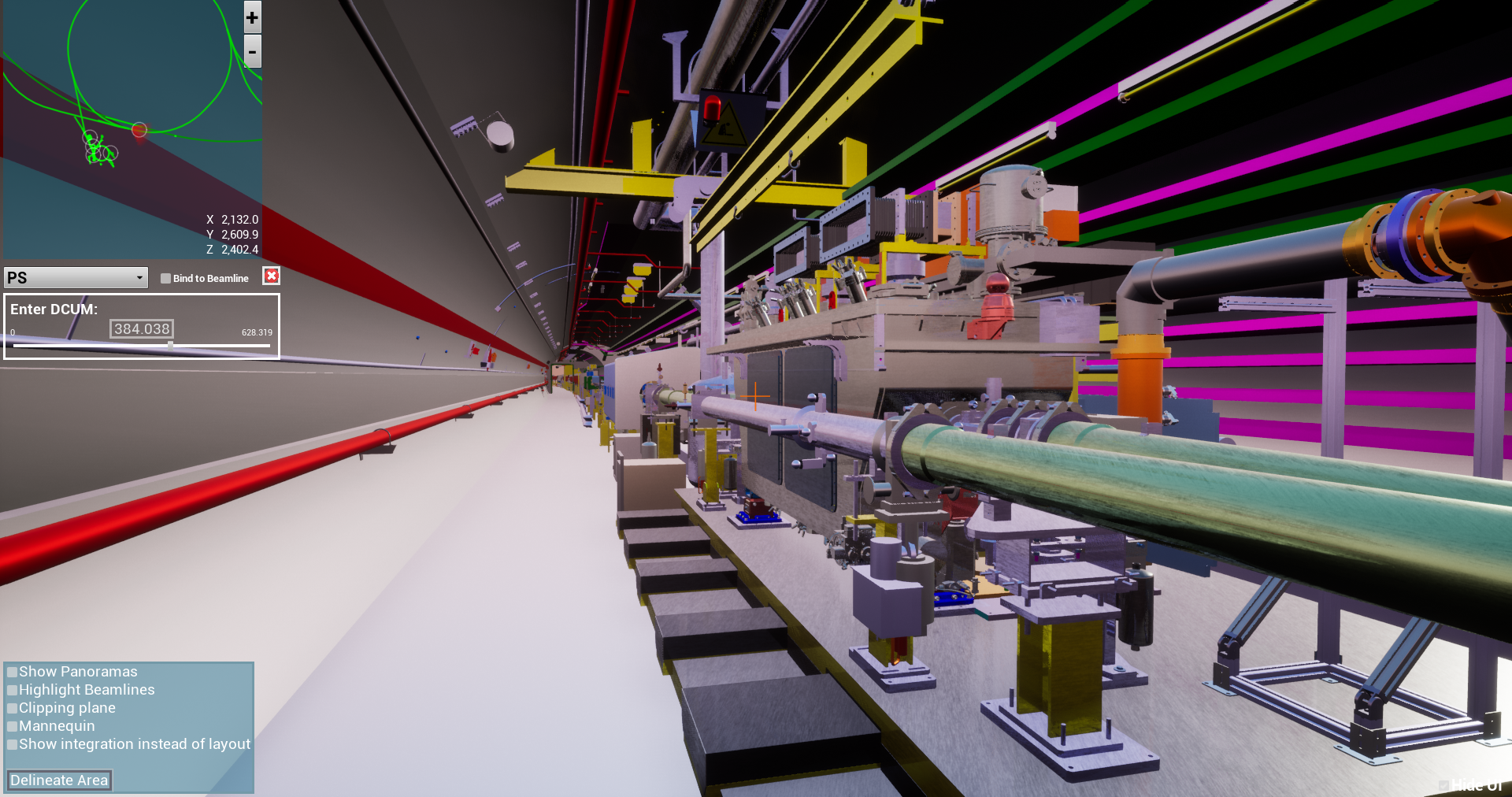“Digital twins” blur the line between the physical and the virtual. More than simulations, these virtual copies of reality incorporate real data to reshape the way we design and build, allowing us to predict real-world outcomes with astonishing accuracy. A recent workshop at CERN explored the complexities of this technology and showcased its applications.
At CERN, digital twins play a key role in high-energy physics experiments: from detector development, to designing strategies for data analytics and comparing results with theoretical models. For example, digital twins of particle collision events are used to make samples of physics processes within detectors in order to compare and evaluate the presence of new signals.
They are also used to enhance the operability of robots in a safer testing environment before integrating them into the accelerator complex. Digital twins of the cranes and the cooling and ventilation systems make it possible not only to analyse and improve CERN’s infrastructure, but also to find unidentified anomalies before they arise in real life.

Beyond CERN, digital twins are crucial in optimising production and ensuring equipment safety in manufacturing and industry. In healthcare, they assist in patient data analysis, surgical planning and training. They play a pivotal role in design, testing, and simulation in aerospace, automotive and aviation industries. They also contribute significantly to smart city initiatives, aiding in urban planning and infrastructure management.
The recent workshop examined shared challenges, showcased reusable development frameworks, and sparked discussion on strategic approaches within the digital twin domain at CERN. The enthusiastic response has led to a follow-up digital twin workshop, foreseen for summer 2024, with planned inclusion of industry and academic participants from outside CERN. For more information, contact digital-twins@cern.ch.
As these digital doppelgangers continue to bridge the realms of reality and the virtual, their impact on society is clear. With the power to revolutionise industries, advance scientific discovery, optimise infrastructure and enhance healthcare, digital twins are not just a technological marvel, but a catalyst for building a smarter, safer and more sustainable future for us all.

